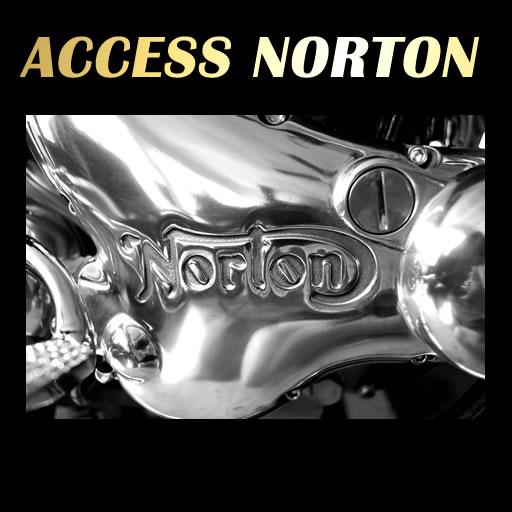jamesp
VIP MEMBER
- Joined
- Aug 17, 2011
- Messages
- 488
Need some help/suggestions on getting my rear axle spacer to fit between the speedo drive and the fork ear. I am coming up almost a 1/4” short of space. I have tried two sets of cush rubbers, one set made shorter to try to get drum closer to hub. Didn’t seem to make much difference. Speedo drive is tapped onto the hub. I have converted to one piece axle assembly with adapter installed. Adapter is right up against bearing on the inside of hub. Distance between rear fork ears is 8”, spacer is a hair over 1-1/4”. I have thought about narrowing spacer or trying to widen distance between fork ears if they are too narrow. They are powder coated, but I don’t think that is it. Any advice is appreciated. Thanks.


